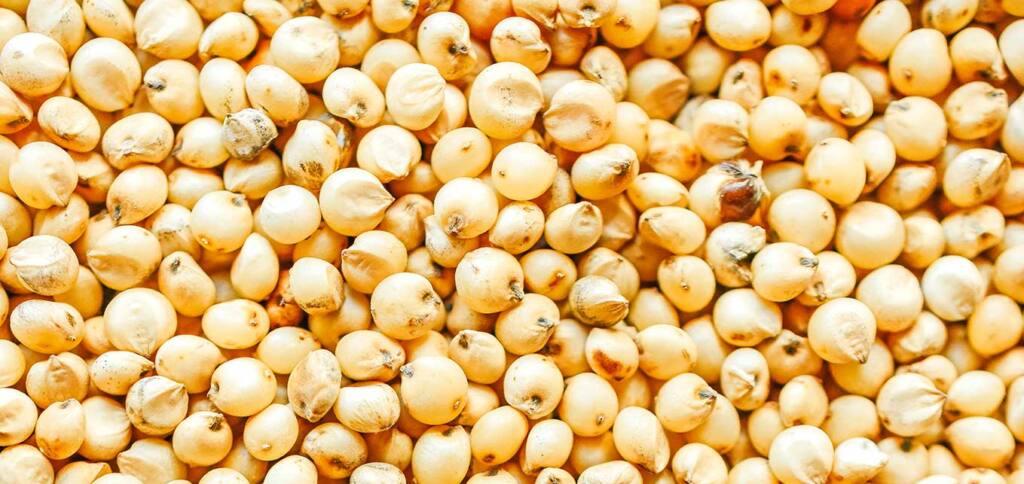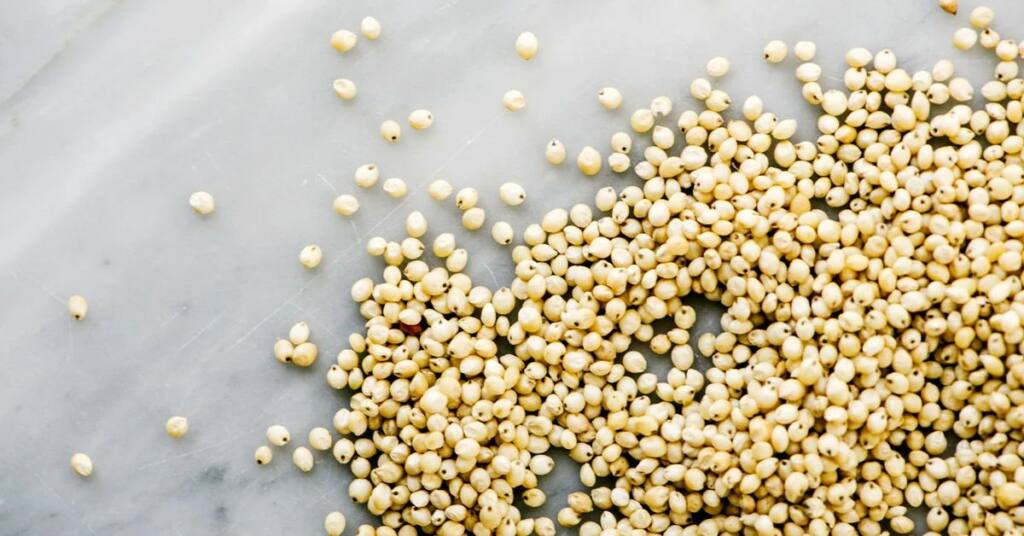More Health Benefits of Sorghum

Compounds in sorghum called 3-Deoxyanthoxyanins (3-DXA) are present in darker-colored sorgums, and to a lesser extent in white sorghum. Scientists at the University of Missouri tested extracts of black, red, and white sorghums and found that all three extracts had strong antiproliferative….
What Is Sorghum? A Unique Grain Reviewed

Though not everyone is familiar with sorghum, this cereal grain has been around for centuries. Sorghum belongs to the grass family Poaceae. It’s small, round, and usually white or pale yellow — though some varieties are red, brown, black, or purple.
Health Benefits of Sorghum

Sorghum, also called milo, is one of the top crops in Kansas. If you’re not familiar with it, it’s a great grain to introduce to your diet. (And if you are familiar with it, you already know it’s a great staple to serve at your table!)
Are There Health Benefits to Eating Sorghum?

Sorghum (Sorghum bicolor) is a less well-known grain in the world food market. It comes in a distant fifth for most produced grains—behind barley, rice, wheat, and corn. While dwarfed by better-known grains (or cereals), sorghum is an important crop that has long played a vital role in certain diets.
What Is Sorghum and Why Should You Add It to Your Diet?

Sorghum probably isn’t a food that’s sitting in your cupboard right now, but you’ve likely eaten (or drank) it before. This ancient whole grain is often used as an ingredient in a packaged foods, such as chips, snack bars, baking mixes, cereals, and even beer. It’s also naturally gluten-free and energy efficient, making it a good option for runners to know about.